By Christine Dwane
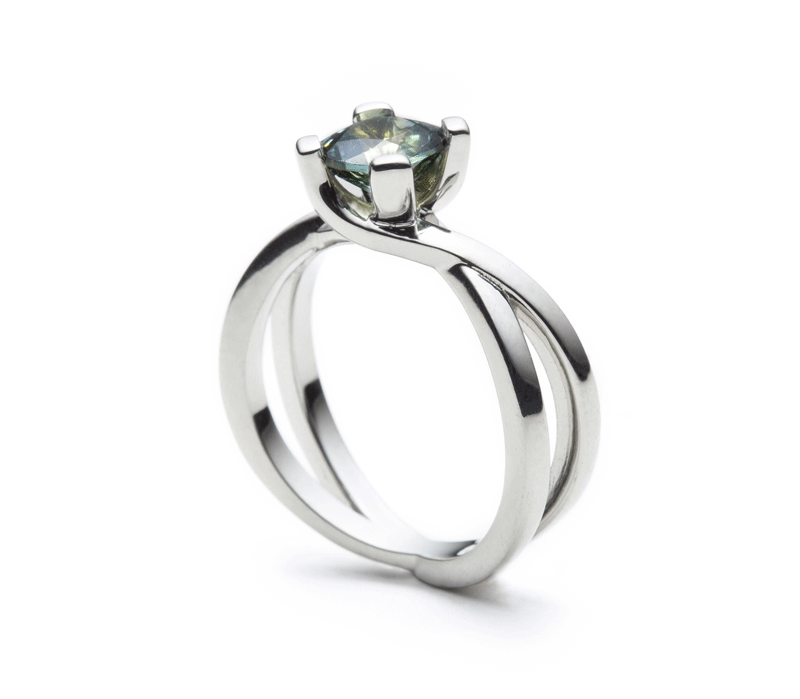
Photos by Anthony McLean
The pandemic and its resulting quarantine imposed a global ‘time out’ that was both life-changing and surreal. Faced with insurmountable illness and death around the world, many have been confronted with how suddenly finite life can be. As such, this author has been thinking of how to better align her actions with her values, particularly in respect to sustainable practice within the jewellery profession.
In this respect, the initial discovery of the enormity of related environmental and human rights issues was overwhelming—and the level these concerns have been marginalized is surprising. There is, however, an existing system capable of providing the framework to sort and categorize all aspects of sustainability within any societal model of living and conducting business: circular economics.
Circular systems provide an alternative approach to global and local economies for which governments, businesses, and consumers alike are developing a keen interest. This has increasingly become the novel way to achieve a functional, sustainable mode of living and working within society. And, considering the growing urgency of the climate crisis and increasing concern for environmental conservation and human rights, there is a fundamental shift in consumers’ attitudes and priorities. Indeed, consumers around the globe are opting for products that contribute positively to society and the environment.
What defines a circular system of economics?
Our traditional economic model relies on the use and exploitation of underpaid labour from underdeveloped countries, enormous quantities of cheap materials, and energy that drives a capitalistic consumer culture. This system, although having been effective in producing economic growth and raising the standard of living for billions, has produced tremendous amount of waste accumulation in overfilled landfills, contaminated oceans and soil, and polluted air; to that end, it is more than obvious our current ‘production-consumption-disposal’ economic model is the root cause of our present environmental crisis. As such, the feeling of urgency for changing our destructive path is mounting.
The Ellen MacArthur Foundation is among the organizations promoting circular economics as an alternative model and has distilled the meaning into the following explanation:
Looking beyond the current take-make-waste extractive industrial model, a circular economy aims to redefine growth, focusing on positive society-wide benefits. It entails gradually decoupling economic activity from the consumption of finite resources, and designing waste out of the system. Underpinned by a transition to renewable energy sources, the circular model builds economic, natural, and social capital.
A circular economy is based on three principles:
1. Design out waste and pollution
The solution to dealing with our waste is not ‘where do we put it,’ but rather ‘don’t make it in the first place.’ Waste is a design flaw. Humans are ingenious and adaptable; creating systems that inherently do not generate waste is the easiest, simplest way to dispose of it.
In jewellery, this might include offering ecological packaging, removing paper waste by opting for digital business measures, or using environmentally responsible alternatives to harmful chemicals in the workshop or studio.
2. Keep products and materials in use
Products should be crafted in a way that makes them easily repairable and/or refurbishable—and they should be used until they are literally worn out. Conserving certain products in the system for as long as possible is key to lowering energy consumption, production pollution, and waste. Indeed, shifting the focus from acquiring new materials to a service-based industry goes a long way in environmental conservation. Recycling serves as the very last option, as this process imposes new energy demands to recuperate once-used materials, transforming them and creating new products.
Due to the high cost of gold, jewellery repair is a common and much sought-out practice. Remodelling an existing piece and changing its look to transform it into a more appreciated item is also part of the circular principles. Although the overall level of responsible sourcing as it relates to recycled metals and reclaimed gems remains hotly debated, these materials are here (and above-ground); thus, reusing them is an effective way to avoid contributing to the ongoing harmful effects of mining new material. (Check with your metal refiner for recycled metal certifications or look up SCS certified products in North America online here.)
3. Regenerate natural systems
This notion typically refers to organic systems of production—such as agriculture, where not only a crop is tended to, but the whole ecosystem is managed in a safe, regenerative manner.
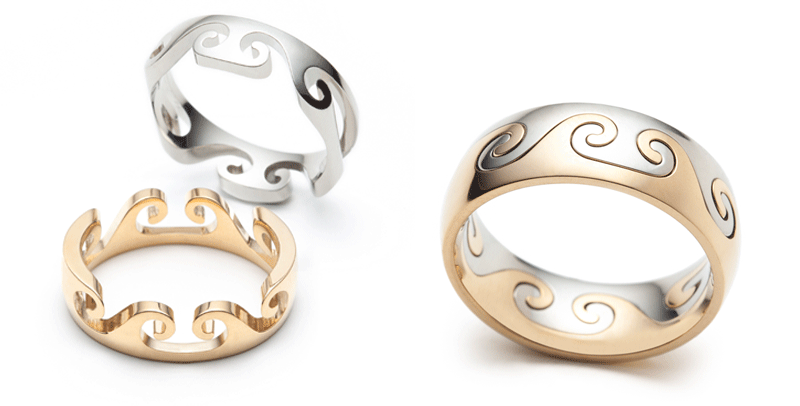
In the product-based sector, this equates to acquiring materials and fabricating products that have a means of giving something back to society, while also diminishing the impact on the environment, thus helping natural, socio-economic systems prosper.
In jewellery, using sustainable materials (e.g. gold, gems) that have been sourced and mined in a responsible and artisanal fashion is one way of fulfilling this principle. Jewellers often appeal to and attract conscientious consumers with the offer of certified Canadian diamonds as responsibly sourced gems; why not also include fair-mined gold and sustainably sourced coloured gemstones? These products can easily be marketed as part of a unique, exclusive collection.
Initiatives like Fairmined/Fairtrade Gold and Moyo Gemstones in Tanzania are examples of programs helping produce raw materials that offer fair compensation to miners, allowing them to reinvest in their communities and diversify their businesses. These endeavours create more stable and sustainable economic practices in extremely poor regions. Further, such initiatives help develop mining techniques which have a reduced impact on the environment and have safeguards in place for workers’ health and safety.
Choosing a philanthropic activity (e.g. collaborating with local community projects, contributing a percentage of profits to a conservation fund or charity) is another way to support the well-being and welfare of communities through your jewellery business.
‘Who cares?’
When it comes to implementing sustainable practices, governments, international jewellery associations, jewellery brands, and consumers are all working to make a difference.
Governments
In June 2020, the Government of Canada announced a joint endeavour with the Netherlands and the Finnish Innovation Fund Sitra to host North America’s first World Circular Economy Forum event in the City of Toronto:
Led by the Finnish Innovation Fund Sitra, Finland has joined forces with Canada and the Netherlands to host three high-level events to address the important role circularity plays in the economies of the future as well as in the fight against climate change and the nature crisis.
Trade associations
Likewise, international jewellery and gem associations are encouraging and facilitating discussion regarding sustainability issues, such as responsible sourcing. This is creating unprecedented momentum and relevance on this topic.
Notably:
- The World Jewellery Confederation (CIBJO) has produced The Responsible Sourcing Book, outlining methods to implement responsible sourcing policies for jewellery businesses, from supply chain due diligence to responsible sourcing certification.
- The American Gem Trade Association (AGTA) now includes language of transparency and ethical practices in its guidelines and code of ethics to help establish higher standards of business. Members must determine (to the best of their ability) their gems are responsibly mined, thus eliminating child labour, respecting local and international laws, and addressing human rights issues on health and safety during mining and processing. It is, however, the buyer’s responsibility to verify if and how the suppliers are upholding these pledges.
- The Gemological Institute of America (GIA) acknowledges consumers’ “heightened awareness of sustainably and ethically sourced products.” The GIA Diamond Origin Report produces an analysis of rough diamonds, which can then be matched to the same stones once they are cut. This assures cut diamonds are traceable to their origin provided the rough origin is known and guaranteed.
‘Big’ brands
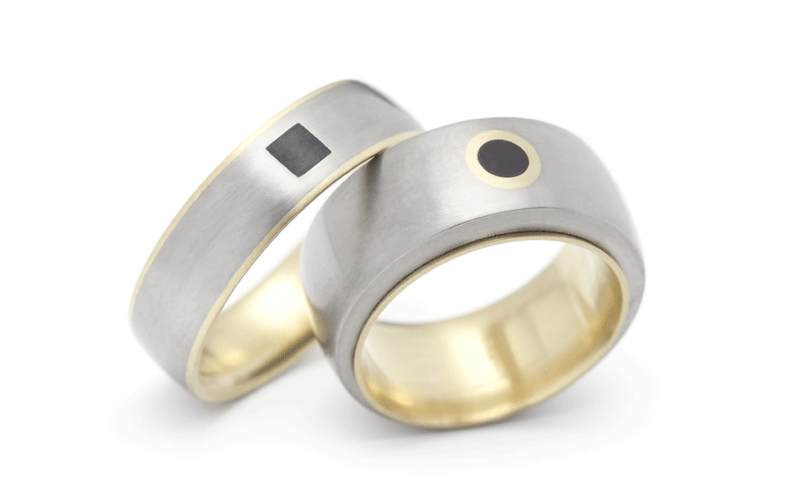
Brand image and reputation are major concerns for companies/corporations, and, thus, are of utmost importance in regards to gaining consumers’ trust and respect. Indeed, these are defining factors in a consumer’s purchasing choice.
What brands are most trusted and respected? The short answer is those that give the most back to society. By and large, consumers prefer companies committed to making the world safer, better and a fairer place to live. Human beings love observing good, strong values. Thus, if a jeweller wants to sell more products and stay competitive, it pays to get involved and start doing something to give back to the community; acquiring and maintaining a high level of respect is increasingly important as a business strategy. This attitude is fast becoming the standard with which consumers are measuring the value and worthiness of a brand.
To that, many major jewellery brands are serving as leading examples for sustainability by adopting high ethical standards, often undertaking impressive initiatives to reduce negative impact on the environment and benefit society. Tiffany & Co. and Pandora, for example, are both working toward net-zero carbon emissions—an ambitious goal that serves as concrete acknowledgement that radical worldwide change is necessary.
Meanwhile, Cartier has full chain of custody for part of its gold supply to allow for traceability. According to the company, it purchases the total gold output from a high-standard mining operation in Honduras, which is then refined in a facility that processes gold solely from this mine. Chopard, too, has sights on environmentally responsible gold practices, sourcing a portion of its gold from a Fairmined-certified site. The brand also contributes a percentage of its sales to non-profit organizations, including the Naked Heart Foundation, the All Hands and Hearts Foundation, and the Education Above All Foundation Jose Carreras Leukemia Foundation.
Consumers
The global climate strikes held in September 2019 were among the largest organized protests to ever take place. An estimated 7.6 million people from around the world participated, voicing their concerns about the future of this planet. Montréal alone saw an estimated half a million people pour into the city streets, demanding to be heard.
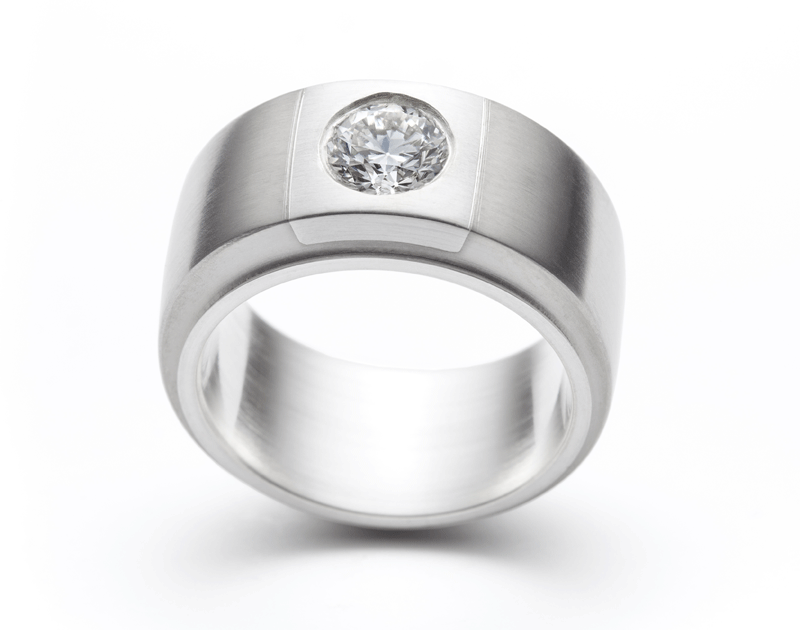
Indeed, a growing segment of the population is actively looking for ways to generate meaningful environmental change and have a positive impact on the planet’s already-burdened ecosystem. What’s more, these individuals want to support businesses that are making environmentally responsible, ethical choices—and giving consumers the option to do the same.
This rising wave of eco-consumerism is largely composed of two groups: millennials (born between 1980 and 1994), and generation Z (born between 1995 and 2015). These two segments of society will soon dominate the jewellery market, becoming the next wave of luxury buyers. They are tech-savvy, research-hungry consumers and have plenty of demands related to building a sustainable future.
Further, they are increasingly aware of modern society’s profound and systemic problems, which is why it’s become increasingly vital for jewellery professionals to keep up with the industry’s most pressing issues. After all, your clients already have access to readily available information on ‘dirty gold,’ for example, in documentaries like The Shadow of Gold and Dirty Money (the latter of which features an episode dealing with money laundering by drug cartels in gold refineries). A more comprehensive detailing of issues related to sustainable sourcing is laid out in a recent Human Rights Watch (HRW) report that looks at the hidden cost of jewellery and big jewellery brands.
Indeed, multiple surveys of consumer attitudes (SCA) confirm the tendency toward sustainable purchasing behaviours and attitudes in Canada, the United States, and Europe is growing. When presented with similar products, today’s consumers are increasingly choosing the option they see as more ecological and sustainable—and they are ready pay a premium for it! A sustainable product, by its nature of making positive societal and environmental contribution, has greater value.
Why do circular systems of economy matter?
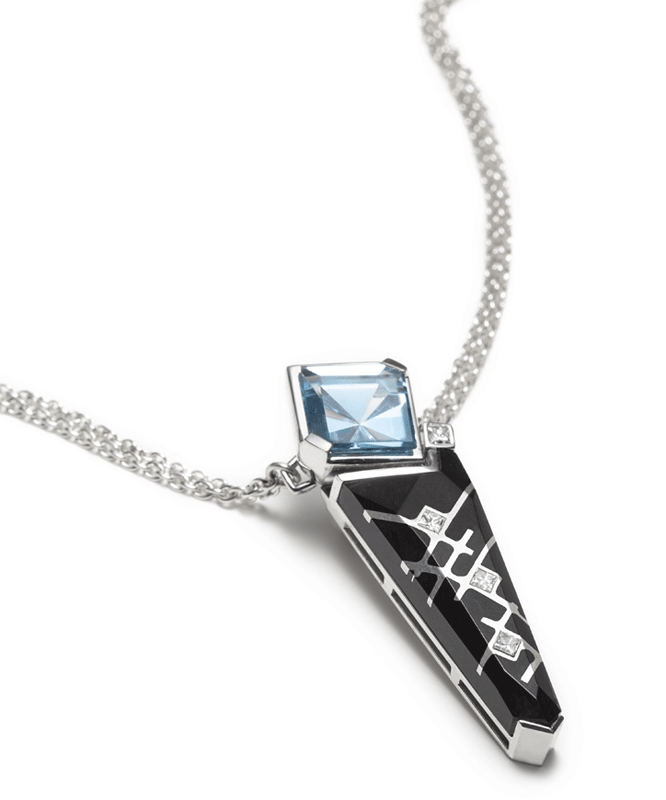
In short, a circular economy is a functional, sustainable system that provides solutions to our current environmental crisis, while simultaneously addressing human rights and conservation issues.
It is the answer to the million-dollar question: How can billions of people have a future on this planet?
With increasing awareness of the precarious environmental state of the planet, significant changes are underway within different levels of society—from international politics to consumer attitudes and choices. We desperately need a new normal: a revised method of operating within the finite ecosystems available on this planet.
Of course, becoming a business that makes the use of circular principles does not happen overnight. There are many aspects to consider, which makes it difficult to know where to begin.
Offering ethical choices in your array of products is one way of adhering to circular principles; this practice allows consumers to use their purchasing power in a way that aligns with their values and contributes to positive change.
This author, for one, is developing a new website, outlining changes to her business reflective of her transition of aligning her action with her values. This includes ethical choices in materials offered, as well as learning opportunities for consumers on how to become a more informed jewellery purchaser.
With the exception of conflict diamonds, ongoing environmental and human rights issues within the jewellery trade have been ‘hushed’ and ignored for far too long; the time has come to join the ranks of other industries (fashion and agriculture come to mind) in presenting sustainability issues in full view to encourage open and fair discourse. It is only with knowledge, honesty, and awareness that we can learn to change our destructive behaviours and find the ‘new normal’ needed to build an ongoing, sustainable future.
 Christine Dwane is a Montréal-based jewellery/gemmologist and instructor at École de Joaillerie de Montréal. She specializes in one-of-a-kind custom work in precious metals, titanium, and wide variety of gemstones. All of her work is offered in recycled materials and responsibly sourced gems. For more, visit www.christinedwane.com. Dwane can be reached via email at christinedwane1@gmail.com.
Christine Dwane is a Montréal-based jewellery/gemmologist and instructor at École de Joaillerie de Montréal. She specializes in one-of-a-kind custom work in precious metals, titanium, and wide variety of gemstones. All of her work is offered in recycled materials and responsibly sourced gems. For more, visit www.christinedwane.com. Dwane can be reached via email at christinedwane1@gmail.com.
Further reading: Ethical consumer market reports
- http://abacusdata.ca/wp-content/uploads/2011/01/CCSR-Ethical-Consumerism-Final.pdf
- www.statista.com/statistics/818968/most-popular-ways-to-be-an-ethical-consumer-us/
- www.mintel.com/press-centre/social-and-lifestyle/56-of-americans-stop-buying-from-brands-they-believe-are-unethical
- www.ethicalconsumer.org/sites/default/files/inline-files/EC%20Markets%20Report%202018%20FINAL.pdf
- https://cache.luxurydaily.com/wp-content/uploads/2020/01/2020-Luxury-FirstLook.pdf





